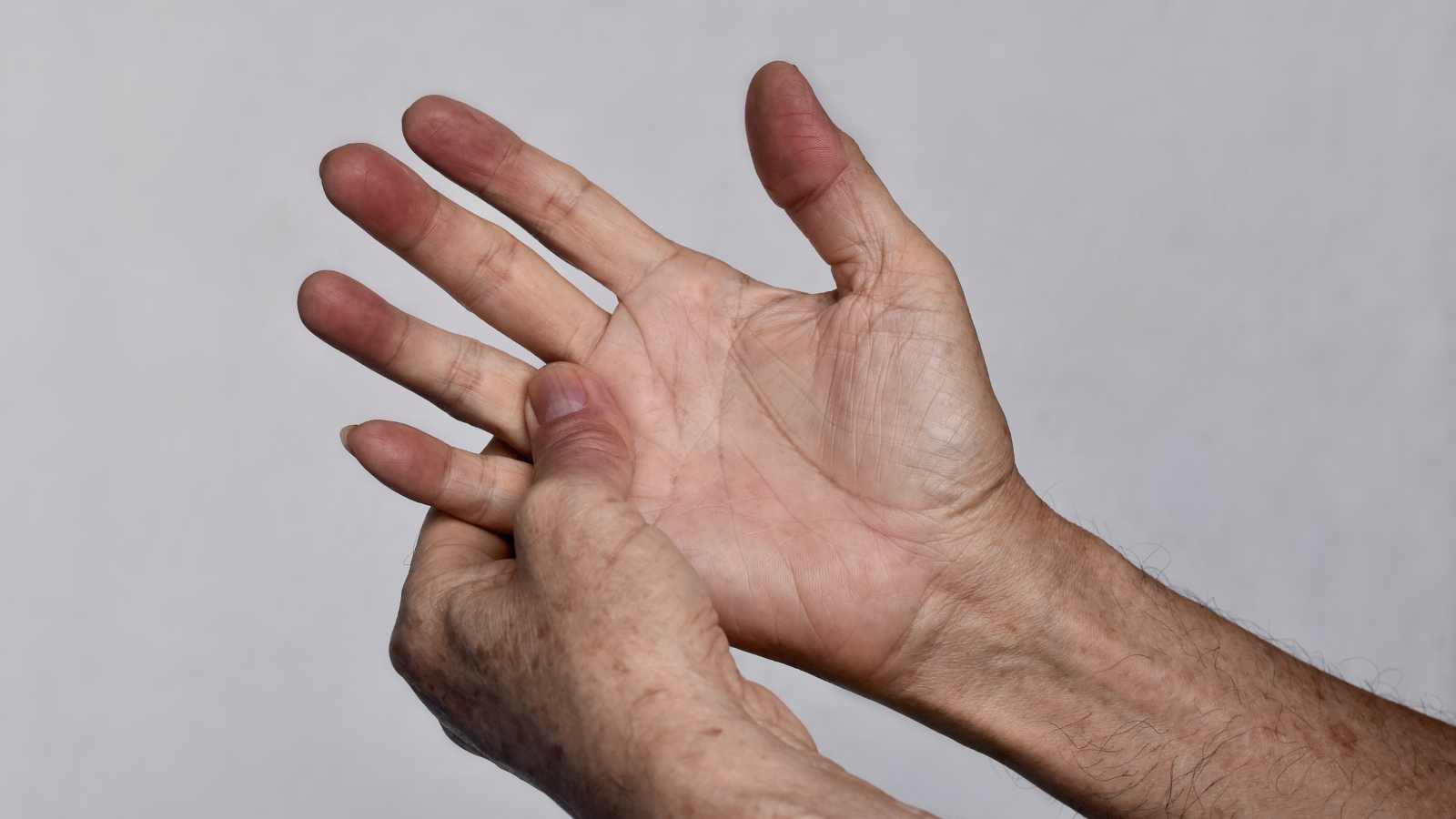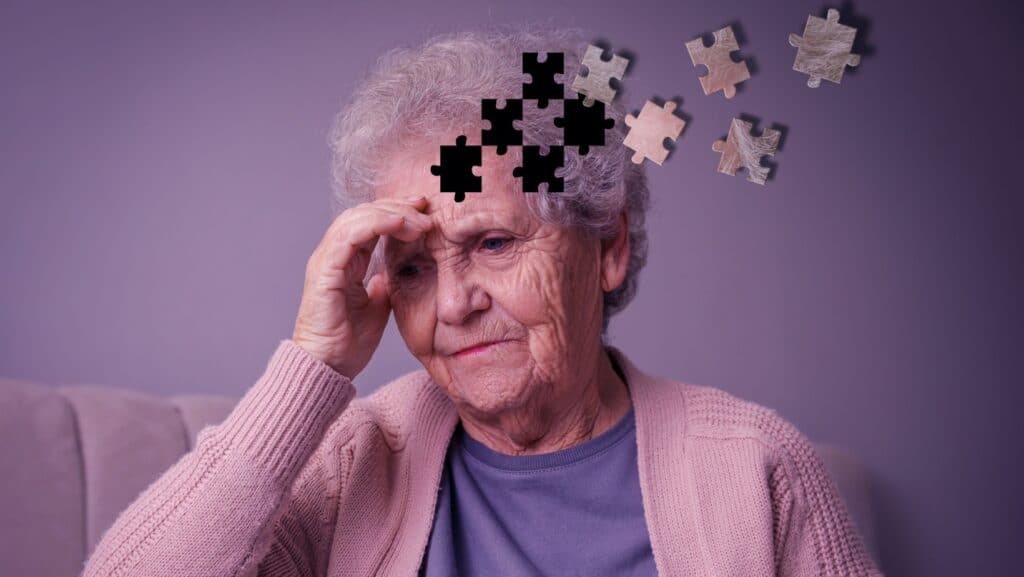Physical Clues the End of Life May Be Approaching
In palliative care and hospice settings, doctors see clear signs when the body begins to ease out of its workload. Breathing slows, appetite fades, and long hours of sleep replace conversation.
A study in the Journal of Pain & Symptom Management tracked these physical shifts during patients’ final weeks and found that nearly all shared the same patterns: cooling skin, irregular breathing, and reduced responsiveness.
Understanding these changes doesn’t take away the sadness, but it can help families trade fear for calm, knowing the body is doing what it’s meant to do in its own time.
Major Weight Loss

The body is burning fewer calories and has quit building muscle as it did in the past. Doctors refer to it as cachexia- a combination of muscle wasting and reduced appetite. This kind of weight loss is a part of the body’s process of letting go, and not the kind that can be corrected with more food.
Appetite and Thirst Wane

The digestive system slows, and the body no longer requires fuel. A 2023 BMC Palliative Care review showed “decreased food intake and impaired hydration” were among the most common symptoms in late-stage illness. In part to “conserve resources.”
Sleeping more

The body wants to sleep when energy is depleted. Hypoxemia: less O2, lowers metabolic rate, hence inducing sleep. Thus, someone who appears to be dozing most of the day may be physiologically so, not merely tired.
Breathing Changes

Breathing may become shallow and irregular in the last days. Breathless periods can last several seconds. Marie Curie professionals note this is part of the natural slowing down of the body.
A soft rattling sound may also occur in the throat. This is caused by mucus moving around and is not generally distressing or painful. Gently repositioning the person or medication can relieve this if necessary.
Skin Changes and Cool Extremities

As circulation winds down, the body redirects blood to core organs. That means the hands, feet, and knees may turn cold, bluish, or blotchy (mottled).
Withdrawal from conversation and engagement

Near the end, individuals may talk less, withdraw, become preoccupied, or appear “far away.” Alertness often diminishes as the brain’s resources decline, as part of the cerebral hypoxia process. Talking quietly, touching, holding hands, or simply remaining present can still be significant — many caregivers assume the patient can still hear.
Urinary Incontinence and Loss of Control

The Palliative Care Network of Wisconsin reports that over 70% of hospice patients experience some form of urinary incontinence.
A Moment of Clarity: Sudden

After days of silence, suddenly someone looks brighter. They ask for water, call out a name, or grin. That moment is called “terminal lucidity.” Frontiers in Aging Neuroscience recorded surges of brain activity in near-death people, which may explain the condition.
The Quiet Between Breaths

Breaths grow farther apart, shallower, and then stop. Often, there is no dramatic struggle. Many who’ve witnessed it say the moment is peaceful.
Disclosure line: This article was developed with the assistance of AI and was subsequently reviewed, revised, and approved by our editorial team.
6 tips for successful weight loss for women in 2025

6 Tips For Successful Weight Loss For Women in 2025
Successful weight loss for women often calls for an individualized approach, taking into consideration the unique physiological, psychological, and lifestyle factors that influence a woman’s weight. It’s not just about adopting a generic calorie-restricted diet or a strenuous exercise regime. Instead, it encompasses a holistic view of health, including balanced nutrition, regular physical activity, adequate sleep, and stress management.
Science Tells Us What To Expect As We Age: Strategies for Thriving in Later Life

Science Tells Us What To Expect As We Age: Strategies for Thriving in Later Life
How does aging affect our bodies and minds, and how can we adapt to those differences? These are questions that pertain to us all. Aging gradually alters people over decades, a long period shaped by individuals’ economic and social circumstances, their behaviors, their neighborhoods, and other factors. Also, while people experience common physiological issues in later life, they don’t follow a well-charted, developmentally predetermined path. Let’s take a look at what science has told us to expect.







